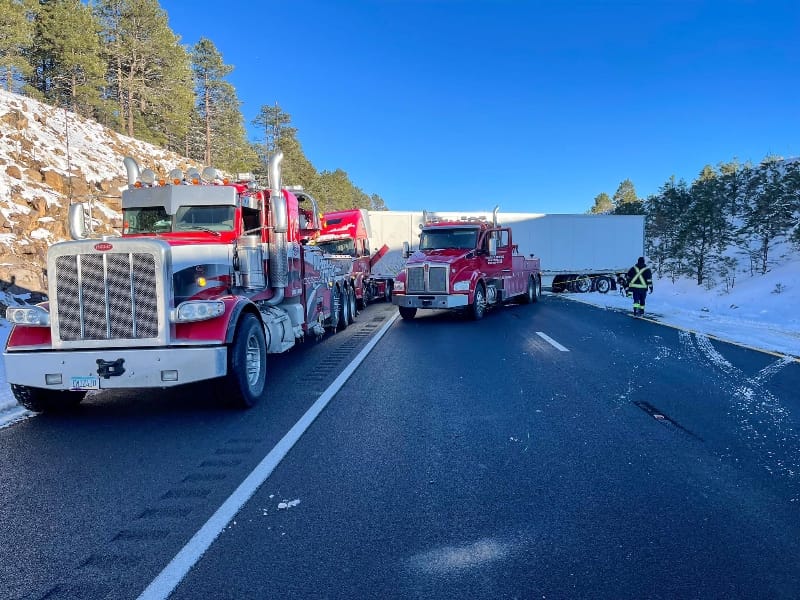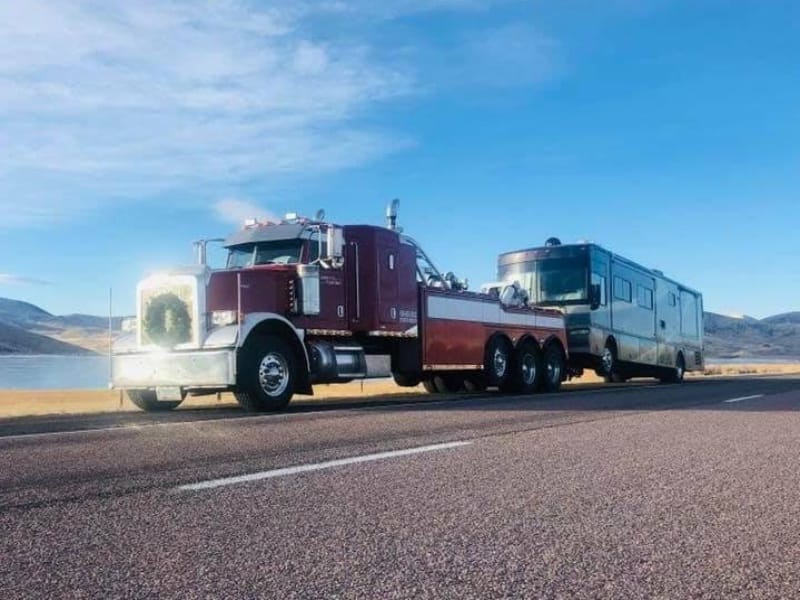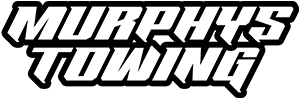Highway Towing Explained
Every day, thousands of drivers travel up and down I-40 without giving much thought to the possibility of needing a tow truck. But when something does happen, that’s when the reality sets in. I-40 highway towing is a huge responsibility, and it’s something we take seriously. From a quick tire change to clearing a multi-vehicle accident, our team steps up with the right gear and the right mindset to get it done safely and correctly.

Tools We Trust
Getting a vehicle off a busy highway isn’t as simple as hooking it up and heading out. We rely on an entire arsenal of equipment built for tough jobs and fast response times. Some of the most important tools we count on include:
- Flatbed tow trucks: Ideal for passenger vehicles, motorcycles, and even small commercial trucks.
- Wheel-lift tow trucks: Perfect for tight spots or vehicles stuck on narrow shoulders.
- Heavy-duty wreckers: These giants handle semis, buses, and heavy machinery.
- Rotator wreckers: With 360-degree boom rotation, rotators are essential for tricky recoveries.
- Air cushion recovery systems: For overturned trailers and delicate situations requiring lifting without causing further damage.
Common Types of Highway Towing Scenarios
When drivers hear “tow,” they usually think of a broken-down car. But it covers a lot more ground than that. Here are the most common calls we respond to:
- Simple mechanical breakdowns: Dead batteries, overheated engines, or blown tires.
- Single-vehicle accidents: Cars that slide off the road during a storm or hit a guardrail.
- Multi-vehicle accidents: These are the big scenes involving semi-trucks, passenger vehicles, and scattered debris.
- Load shifts: Trailers whose cargo has shifted dangerously, threatening stability.
- Rollovers: Trucks, trailers, and even RVs flipped onto their sides or roofs.
Each type of I-40 highway towing call presents its own challenges, but our focus stays the same — get it cleared quickly, safely, and completely.
Challenges We Face
Every I-40 highway towing call brings its own obstacles. These are some of the key challenges we deal with day after day:
- Heavy traffic and tight spaces: Navigating busy lanes and narrow shoulders is a constant concern. We often work inches from fast-moving vehicles, so setting up safe zones and staying alert is critical.
- Weather conditions: Rain, snow, fog, and wind can all change how we approach a tow. Slippery roads and poor visibility force us to slow down, adjust our tools, and sometimes wait for safer conditions before beginning a recovery.
- Limited recovery space: Not all incidents happen in open areas. We sometimes have to work on steep embankments, in narrow medians, or right on a bridge. Space limitations mean every move counts.
- Vehicle size and weight: Recovering semis, buses, or heavy machinery requires serious muscle. We calculate weight, stability, and anchor points to lift and move these safely without causing further damage.

Call Murhpys—Your I-40 Highway Towing Experts
When a call comes in for I-40 highway towing, we know exactly what’s at stake. Traffic backups, safety risks, and stressed-out drivers are all part of the picture. Our mission is to clear the road, protect everyone involved, and recover every vehicle without adding to the damage. Every tow is different, and every job demands focus, training, and grit. It’s not easy work, but we wouldn’t have it any other way.

